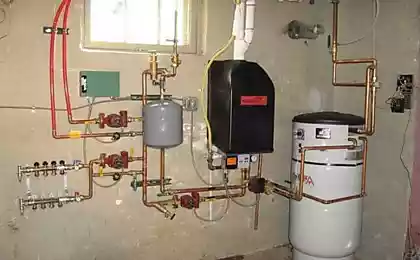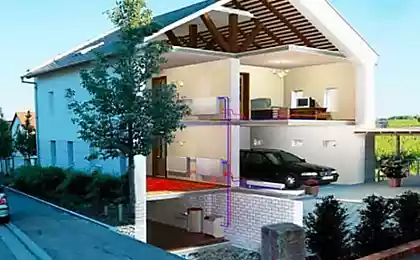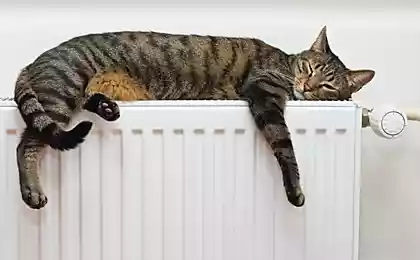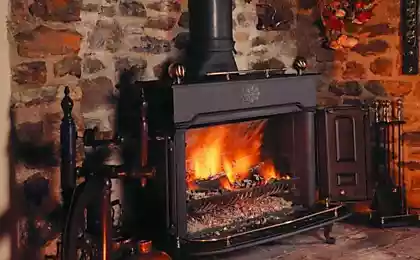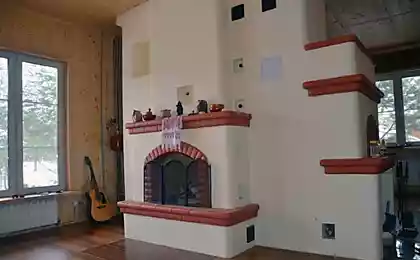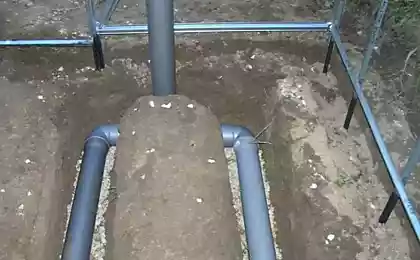783
What radiator is best to choose for home
Life has many benefits, but to provide comfortable conditions for accommodation, you need to put a lot of effort. One of the most important things is selection and installation of the heating system. She should not only work effectively but also save the family budget. And for this you should purchase the best option battery.
What factors should be considered when selecting radiator
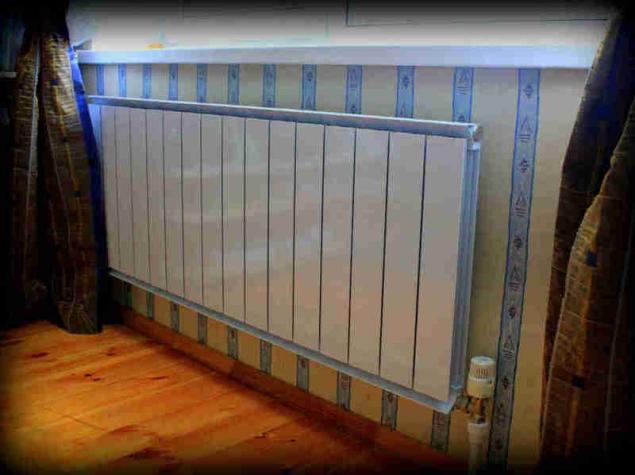
How to choose a radiator In any building shop offers a huge range of heating equipment. For this reason, before going to the supermarket, define the following parameters, which will depend on the amount of required heat for the premises:
All the radiators vary in design and class of material used. According to the shape and texture there are lots of options, it all depends on your taste preferences. Are they wide or narrow, plain or colored, illuminated or design-painted – you decide. Most importantly, they should function according to published specifications.
Concerning the method of work and the variety of material used batteries are divided into 4 classes:
Iron

For over 100 years, heat from the cast iron is very popular. This is justified by positive qualities of pig-iron batteries:
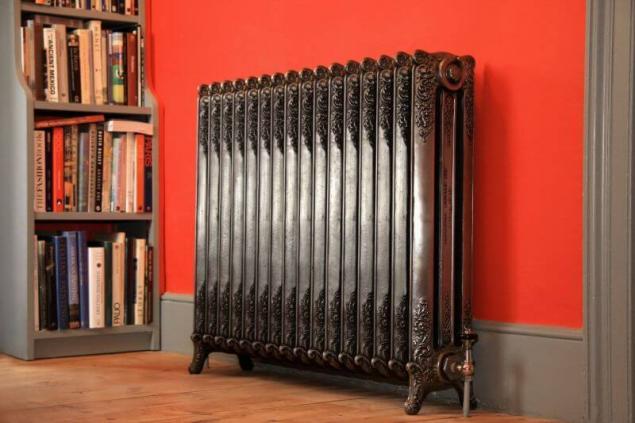
Cast iron heating radiators overall, compared to other models, which complicates their transportation, installation and maintenance. They also have other disadvantages in use:
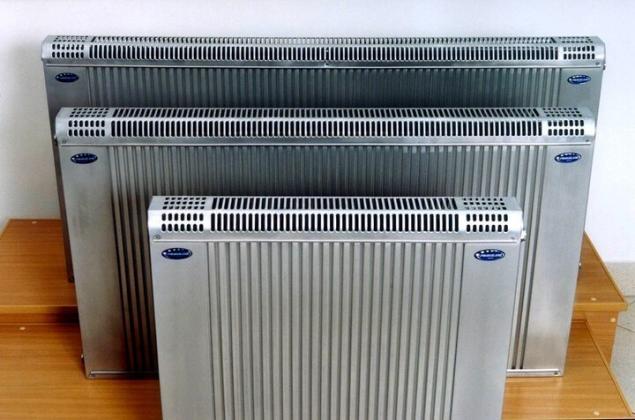
Aluminum stands out with its conductivity, therefore, the products are very productive.
Advantages:
Steel
Are divided into three subgroups on the structure of the internal system.
Panel
Rectangular radiators, consisting of two welded panels with grooves-recesses, a dining channels in which circulates the medium. This battery is lightweight and compact, allows for a short period of time to reach the desired temperature. Also referred to as convectors as heat supply is carried out by convection (75%).
Their disadvantages are:
Steel sectional
Similar to cast iron, however, have significant positive differences.
Tubular
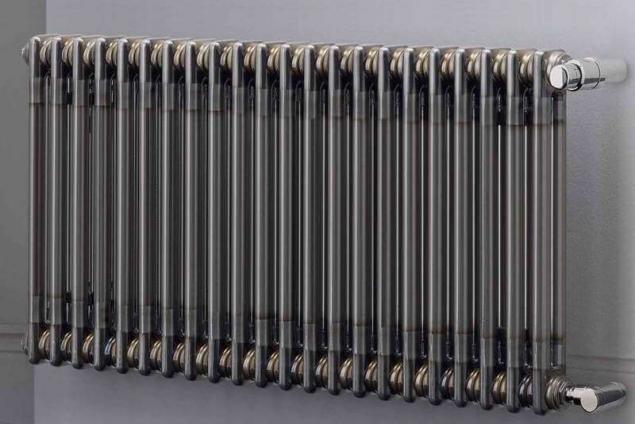
It is immediately noted their high price because they stand out the perfect design and efficient functionality. Tubular radiators provide an opportunity to implement their own design ideas in a heated room.
Bimetal

According to external features, does not differ from aluminum. Inner part made of stainless steel or copper. This order increases their safety, service life and reliability.
Despite its cost, they are long and lead the market in heat engineering. So it's safe to say, bimetal radiators which is better and will last longer in your cottage – compensate in cash cost performance.
What are the best radiators bimetal or aluminum
Based on the foregoing, it can be noted that both subspecies are suitable for use in private homes. Now carry out a comparative analysis on a number of features and find out which of them is preference.
The amount of heat
Aluminum radiator (its section) provides 200 watts of power. One part is released in the form of radiation, and the second is converted. After 10 minutes of operation, the air in the room begins to warm up, which provides a good opportunity to save money.
Have a bi-metal heat transfer occurs differently: steel core bit slow its spread. In principle, this indicator can differ depending on the model. Otherwise no significant differences.
The temperature of the coolant
The bimetal is able to maintain the water temperature to 130 degrees, but the aluminium is only 110.
Lifetime
Bimetal radiators combine the properties of two metals, hence their life is longer (15-20 years), compared with its competitors (about 10 years).
Installation
Both the radiators are light-weight, steel mount installs on the usual screws and plastic anchors. With a set of keys and fitting tools installation and replacement of components.
Cigarette battery which is better in terms of service life
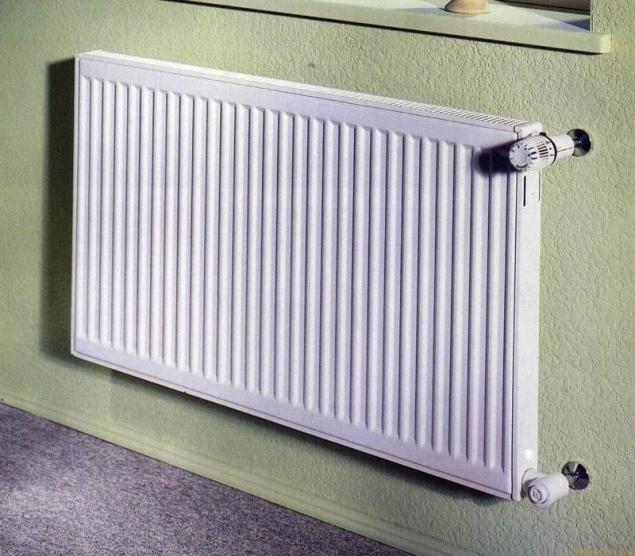
In our country, the composition of the water includes a variety of chemical impurities, as well as the aluminium tends to react with various substances, then it is highly undesirable, because the rust just ate the wall. For normal operation the pH should not exceed 8 units.
Bimetallic radiators are better protected with a special covering from exposure to too active teploagenty – not so much amenable to rust. However, there are cases of contact with liquid hydrogen, then the parts start to rot away very rapidly.
Summary
The heat in the house creates a cozy atmosphere. To always feel comfortable in your home, you must correctly calculate the amount of radiators and select them. Buying heaters for private homes according to the recommendations of the experts, you will easily be able to choose the battery which best suits you and meet individual needs. published
Source: vsadu.ru/post/kakie-radiatory-otopleniya-luchshe-vybrat-dlya-doma.html
What factors should be considered when selecting radiator

How to choose a radiator In any building shop offers a huge range of heating equipment. For this reason, before going to the supermarket, define the following parameters, which will depend on the amount of required heat for the premises:
- The heat loss of the building (including: decomposition of the material structure (for the tree), the height of ceiling, number of Windows and doors, thickness of glass, etc.).
- The necessary temperature mode.
- The heat capacity of the device is determined by the following formula: S * h*41:42, where S is the area of the room; h – the height of the room; 41 – minimum capacity of 1 cubic meter S; 42 is the nominal conductivity of one section of the passport.
- The radiator, usually located under the window, because its maximum size is determined by the following measurements (in cm): 7-12 from the floor, from wall 3-5, to the window sill – 10-15.
- weight (depends on the complexity of the installation);
- appearance (impact on the aesthetics of the interior);
- the ratio of price and quality (is the determining factor).
All the radiators vary in design and class of material used. According to the shape and texture there are lots of options, it all depends on your taste preferences. Are they wide or narrow, plain or colored, illuminated or design-painted – you decide. Most importantly, they should function according to published specifications.
Concerning the method of work and the variety of material used batteries are divided into 4 classes:
- iron;
- aluminum;
- steel;
- bimetal.
Iron

For over 100 years, heat from the cast iron is very popular. This is justified by positive qualities of pig-iron batteries:
- Significant heat (heat up to 130 degrees and stay hot for 5-6 hours).
- Durability (service life can be 50 years or more). A high level of durability (external mechanical damage, as well as high pressure within the system will not damage the design).
- Corrosion resistance in extreme temperature changes and constant influence of condensate.
- Unpretentiousness to the quality of the coolant (not compulsory filter on the heating system).
- Availability (low cost).

Cast iron heating radiators overall, compared to other models, which complicates their transportation, installation and maintenance. They also have other disadvantages in use:
- A low thermal conductivity. For a good heat transfer it is necessary that the coolant temperature was 70-80 degrees. (Substantiates the solidity and the porous metal surface).
- Require systematic maintenance (periodic painting and cleaning).
- Bulky (take up much space). Do not fit into the interior of the housing, but to enhance their appearance you can use the original fencing or walls. There are also specific design decisions from the French and German manufacturers, which will look good at a certain style of interior. These batteries are very nice, but their cost is high.
- Require a good mount to the wall due to heavy weight.

Aluminum stands out with its conductivity, therefore, the products are very productive.
Advantages:
- Ease.
- Compactness.
- Powerful operating pressure (12 to 18 atmospheres).
- Ease of use (partitions can be easily removed/installed).
- Significant heat output, due to the form sections.
- Increased heat transfer. Due to the volume of the cross-sectional area mikulichini tubes, teploagenty faster circulates and gives off heat to the metal.
- A variety of sizes.
- Reasonable price.
- Attractive appearance.
- Increased susceptibility to differential pressure and composition of teploagenty (requires good filtration and pressure gauges to monitor the pressure while filling).
- The instability of the influence of chemical factors (corrosion), so pay attention to the presence of the protective polymer film (coating) on the surface of the product.
- Rapid amortization (operate 10-15 years).
- Whole different strength and ductility;
- Sectional linked panel (patterned) give the opportunity to replace the defective plates;
- Combination – combines both functions, but is more expensive.
Steel
Are divided into three subgroups on the structure of the internal system.
Panel
Rectangular radiators, consisting of two welded panels with grooves-recesses, a dining channels in which circulates the medium. This battery is lightweight and compact, allows for a short period of time to reach the desired temperature. Also referred to as convectors as heat supply is carried out by convection (75%).
Their disadvantages are:
- low working pressure;
- sensitivity to impact;
- susceptibility to corrosion.
Steel sectional
Similar to cast iron, however, have significant positive differences.
- Strength, provided the weld joints.
- Internal pressure of 16 atmospheres.
- Durability (up to half a century).
Tubular

It is immediately noted their high price because they stand out the perfect design and efficient functionality. Tubular radiators provide an opportunity to implement their own design ideas in a heated room.
Bimetal

According to external features, does not differ from aluminum. Inner part made of stainless steel or copper. This order increases their safety, service life and reliability.
Despite its cost, they are long and lead the market in heat engineering. So it's safe to say, bimetal radiators which is better and will last longer in your cottage – compensate in cash cost performance.
What are the best radiators bimetal or aluminum
Based on the foregoing, it can be noted that both subspecies are suitable for use in private homes. Now carry out a comparative analysis on a number of features and find out which of them is preference.
The amount of heat
Aluminum radiator (its section) provides 200 watts of power. One part is released in the form of radiation, and the second is converted. After 10 minutes of operation, the air in the room begins to warm up, which provides a good opportunity to save money.
Have a bi-metal heat transfer occurs differently: steel core bit slow its spread. In principle, this indicator can differ depending on the model. Otherwise no significant differences.
The temperature of the coolant
The bimetal is able to maintain the water temperature to 130 degrees, but the aluminium is only 110.
Lifetime
Bimetal radiators combine the properties of two metals, hence their life is longer (15-20 years), compared with its competitors (about 10 years).
Installation
Both the radiators are light-weight, steel mount installs on the usual screws and plastic anchors. With a set of keys and fitting tools installation and replacement of components.
Cigarette battery which is better in terms of service life

In our country, the composition of the water includes a variety of chemical impurities, as well as the aluminium tends to react with various substances, then it is highly undesirable, because the rust just ate the wall. For normal operation the pH should not exceed 8 units.
Bimetallic radiators are better protected with a special covering from exposure to too active teploagenty – not so much amenable to rust. However, there are cases of contact with liquid hydrogen, then the parts start to rot away very rapidly.
Summary
The heat in the house creates a cozy atmosphere. To always feel comfortable in your home, you must correctly calculate the amount of radiators and select them. Buying heaters for private homes according to the recommendations of the experts, you will easily be able to choose the battery which best suits you and meet individual needs. published
Source: vsadu.ru/post/kakie-radiatory-otopleniya-luchshe-vybrat-dlya-doma.html
